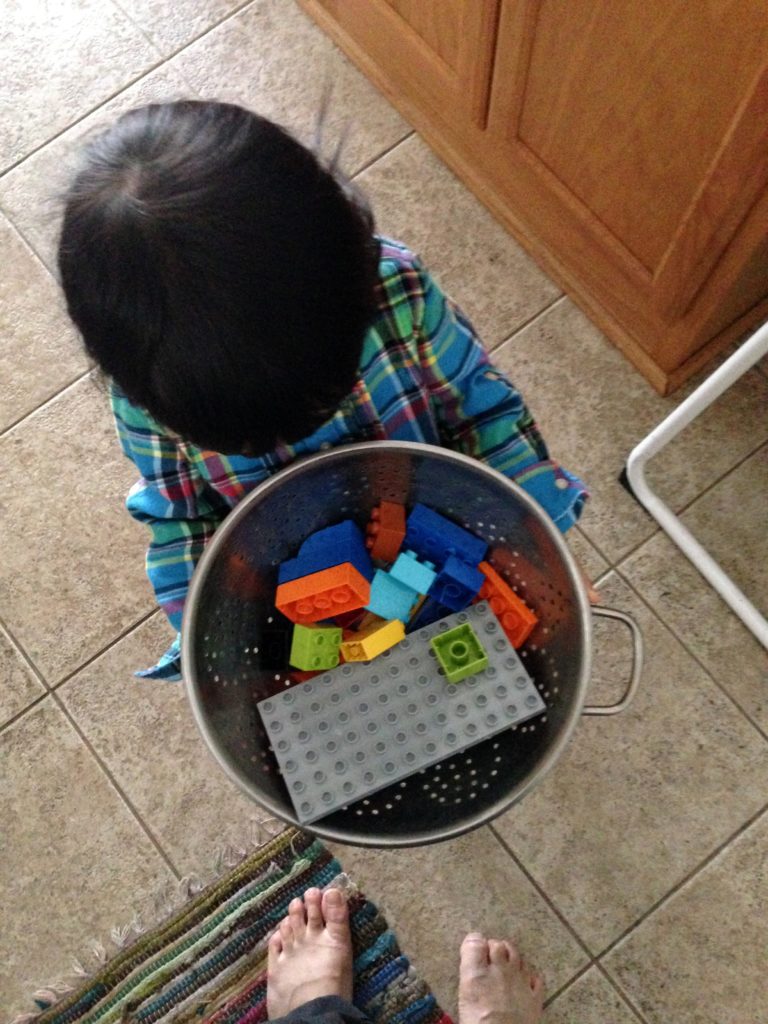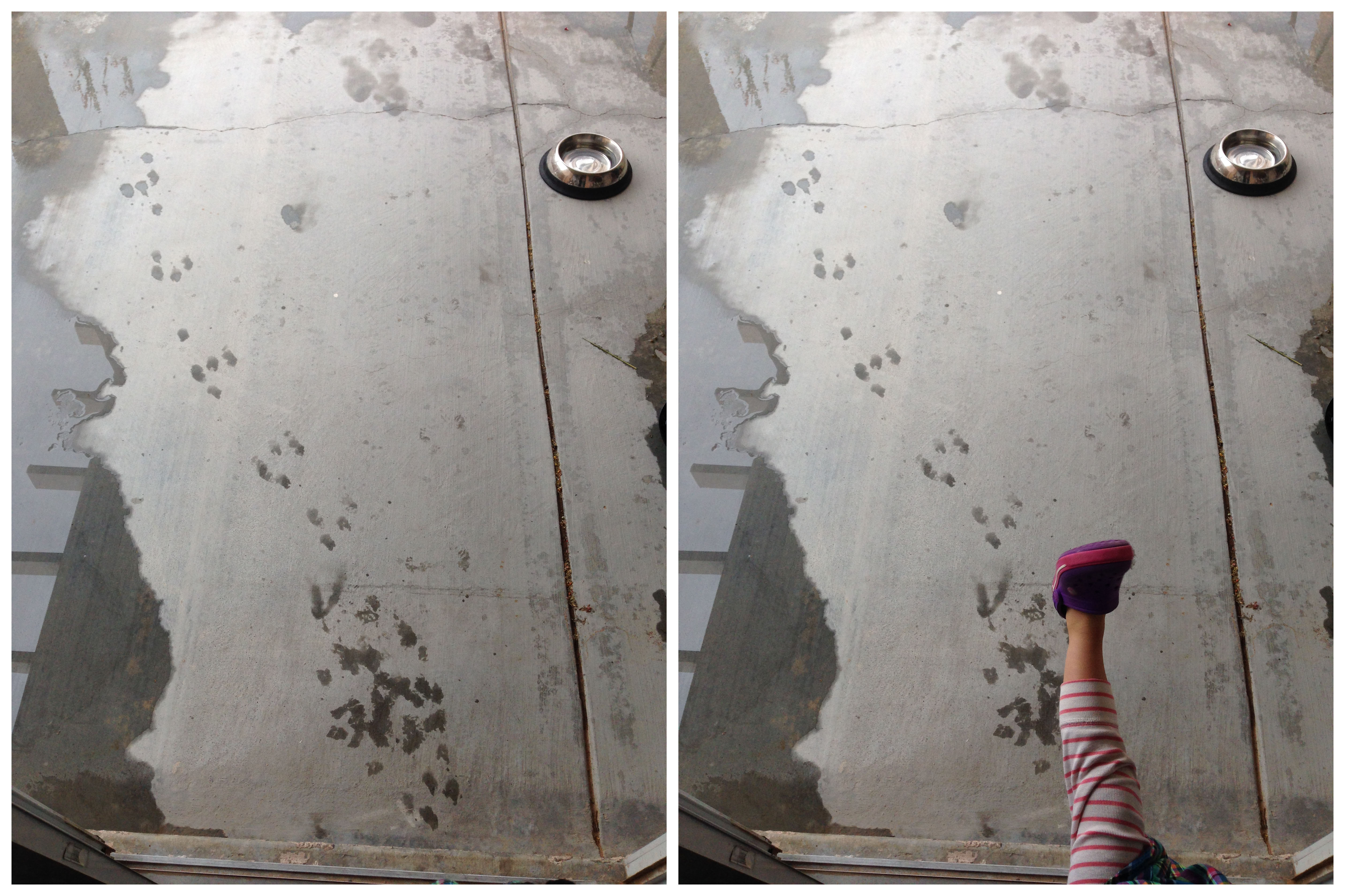At the Ikea Cafeteria with the flag at half mast.
-
Memorial Day 2016
-
Digging around Toy Safety Standards
On Boardgamegeek I got into a conversation about toy safety standards and ended up doing some digging around. Since I end up digging up random regs and technical standards at work, this is pretty familiar process for me.
The question that got me searching was the anecdote that the game Flash Point was rated “12+” because the publisher did not want to pay for the additional costs for toys for 10 year olds. So I started with googling “toy safety for 10 year olds testing” which led to some dross but the following two interesting website:
https://en.wikipedia.org/wiki/Toy_safety#Appropriate_age
(as to be expected, wiki has their fingers everywhere)http://www.cpsc.gov/en/Business–Manufacturing/Business-Education/Toy-Safety/
(as a rule always go to the federal government website)For those not familiar with safety standards, typically, the technical standards are written by private organizations. Then the government will enact a law that references that technical standard. So in this case, the currently adopted standard is the ASTM F963-11 (the “-11” signifies that its the 2011 edition that was adopted, which makes sense since the most recent law was passed in 2012…as an aside, the Fair Housing Act adopted the ANSI A117.1-1986 handicapped codes and have never updated the regs to reference a more recent one, most current being 2009).
http://www.astm.org/Standards/F963.htm
Not a bad index and summary on that pageHowever the problem is that the American Society of Testing and Materials owns the copyright over their technical standards – so you gotta pay to see the actual contents. So, sometimes the next best thing is to find summaries of the standard (again via google) though now that I know the regulatory agency, I know where to focus.
That said, sometimes industry powerpoints are also good starting points because of the fact that any good powerpoint contains a miniscule amount of content, so its a very quick read.
http://www.toyassociation.org/App_Themes/tia/pdfs/safety/TF13Seminar/Kaufman.pdf
(from this presentation it seems that the different age levels is about chemical composition which would explain the increasing cost as you go down in age, NB this is pure conjecture)But going back to the CSPC, it turns out that there was a very good summary page of how things are tested at the bottom of one of the pages. (such a high when you find something like this buried on a website!)
http://www.cpsc.gov//PageFiles/109675/testtoys.pdf
(Not the actual regulation, but a really comprehensive document for how to test those toys and for different ages. Pictures included!)Now, we still haven’t gotten to the actual document at this point. So the next step is to go to one of my favorite places on the internet – Archive.org. And here’s a gratuitous plug for public.resource.org who was were important in fighting the copyright holders and obtaining the right upload scans safety regulations (because you can’t get governments to adopt a code, but then prevent the public from freely accessing said codes). So in my world, even though the International Code Council owns the copyright to the International Building Code 2012, a scanned PDF is available for download due to the efforts of public.resource.org (which I think actually buys a paper copy and then scans the paper copy).
Unfortunately, unlike Building Codes which are widely adopted and thus end up being needed by more people and thus available online, a search of Archive.org doesn’t turn up any copies of ASTM F963-11 So I fell back to digging around with different search terms in the Archive.org search bar and “toy safety” came up with this super cool little gem.
https://archive.org/details/ERIC_ED152405
“Voluntary Product Standard PS 72-76: Toy Safety.” First sentence of the synopsis: “The purpose of this voluntary product standard is to establish nationally recognized safety requirements and test methods for toys intended for use by children in age groups through 14 years.” And if you look at the little two digit numbers…yup the publish date is January 1977!Well, that’s plenty of reading material…Have fun!
-
multiple exposure (otp131)
The assignment for OTP 131 was multiple exposure. I don’t have that “feature” on my camera, so I just did it in Photoshop playing with layers and different blend modes. I’m not sure about any of the images that came out, but two I liked well enough and its nice to have in the back of my head for future assignments.
-
mobile (otp130)




